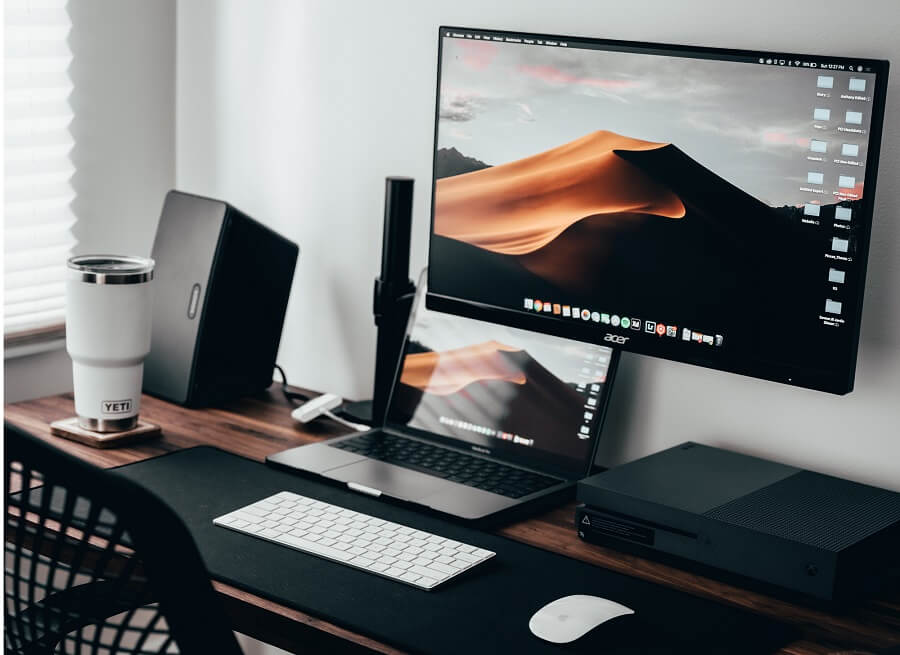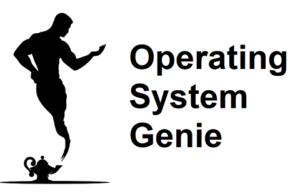The CPU and GPU on a computer are two of the most critical components for a computers performance. CPUs and GPUs vary based on how fast they are. Today, I will cover if you can have a good CPU with a bad GPU.
It’s fine to have a good CPU and bad GPU. But, it’s not the ideal. The set up that provides the best performance is a CPU that matches the GPU.
But, a GPU that is slightly better than the CPU is optimal. Independent tests have been done by swapping out a CPU and a GPU and testing how well a slow and fast CPU works with a slow and fast GPU. Below, I will show the results, as well as:
- What happens when you have a good CPU and a bad GPU
- Do you need a good GPU if you have a good CPU
- Does the CPU limit the GPU
Let’s get into it!
What Happens When You Have a Good CPU and a Bad GPU?

When you have a good CPU and a bad GPU nothing bad happens. But, the CPU has more processing power that can be utilized. A CPU that is faster than the GPU will be able to max out the GPU.
It will have a GPU utilization of 100% when doing something that puts a big demand on the GPU. Such as, gaming, or video rendering. I explained this in more detail in this article about whether 99% GPU utilization is good.
Therefore, the capacity of the CPU is surplus. It can be utilized by getting a faster graphics card. But, it’s no necessary. Here’s a table that shows how performance varies based on how fast or slow the CPU is compared to the GPU:
| CPU and graphics card (GPU) specs | Performance |
| Fast CPU, slow GPU | OK, not ideal |
| Slow CPU, fast GPU | OK, not ideal |
| Close to evenly matched CPU and graphics card | Optimum |
Here’s another table that shows why an evenly match CPU and GPU provides the best performance:
| CPU and GPU speeds | Why it’s worse | Way to improve performance |
| CPU is too fast for the GPU | CPU is waiting on the GPU | Get a better GPU |
| GPU is too fast for the CPU | GPU is waiting on the CPU | Get a better CPU |
| GPU is equal or slightly faster than the CPU | – | None. |
The truth is:
Any new pre-built computer such as a laptop or desktop computer you buy in a store or online will have a CPU that perfectly matches thee GPU. And it will have optimum performance.
The one difference is that many computers come with an integrated graphics card, rather than a dedicated graphics card. As you may know, a dedicated graphics card is stand alone, and plugs into your motherboard.
Whereas, an integrated graphics card is built into the CPU, and can not be changed. However, if you install a dedicated graphics card it automatically disables the integrated graphics card. A computer can only use one graphics card at a time.
It’s well known that getting a dedicated graphics card such as an NVidia GeForce will dramatically improve framer per second (FPS), if you currently have an integrated graphics card.
On a mid range computer the integrated graphics card that comes with your computer is generally more than adequate for gaming. And provides a very smooth gaming experience even on very graphics intensive games. Such as, the most popular game at the moment Fortnite.
How to know if a CPU and GPU are good together
Before getting a new computer component such as a CPU or GPU, it’s important to know if they will go well together. There are GPU and CPU speeds but the easiest way to know is to look at custom built PC guides.
They provide a list of the best components based on your price range. Good examples, can be found on the website LogicalIncrements.com.
For example, there is one for hobbyist gamer, a serious gamer, and the best custom built PC you can buy. In total there are around 12 different tiers of PCs. That include different combinations of the best performing CPUs and GPUs.
It’s best to compare the specs on your existing hardware, and the specs of new hard like a new GPU to see how they compare. As well as, how different they are to the recommended custom PC builds. Then aim to get a CPU and GPU combination that is the closest or the exact same as the recommended PC builds.
Another big factor is the RAM speed, and the amount of RAM.
READ MORE >> What’s more important the RAM or CPU
For an existing computer you can see how your CPU and GPU match by opening up the Windows Task Manager and looking at the CPU and GPU usage percentage.
To see it click on the performance tab on the left hand side of the Task Manager to see the CPU and GPU usage percentage. It’s best to see what it is when maxing out your CPU and GPU by doing something resource intensive like a graphics intensive game.
Here’s a table that shows how to interpret your GPU and CPU usage percentage.
| CPU usage percentage | GPU usage percentage | What it means |
| 100% | 100% | GPU and CPU perfectly match |
| 100% | 50% | CPU is too slow for the GPU |
| 50% | 100% | GPU is too slow for the CPU |
| 50% | 50% | CPU and GPU perfectly match and are very high end. Or, you can turn the graphics settings up |
Do You Need a Good GPU if You Have a Good CPU?
You do not need a good GPU if you have a good CPU. But, it’s best to have a GPU that matches the CPU. And isn’t too slow or too fast for the CPU. If it does some of the capacity of the CPU or the GPU will not be utilized. It’s fine to start with a good CPU and get a better GPU later.
Often, the GPU that comes with computers – typically an integrated graphics card – is perfectly fine for hobbyist gamers.
Does the CPU Limit the GPU?
The CPU does limit the GPU. When the GPU is better than the CPU, the CPU can not keep up with the GPU. As a result, the GPU usage percentage will be 100%. It’s ideal for the GPU usage percentage to be at 100% when doing something that puts a lot of demand on the GPU such as gaming.
If your GPU is significantly slower than the CPU you can get a significant performance boost by getting a faster GPU. But, all pre-built computers come with a GPU and CPU combination that is matched. And the CPU will not limit the GPU. Or, the other way around.
